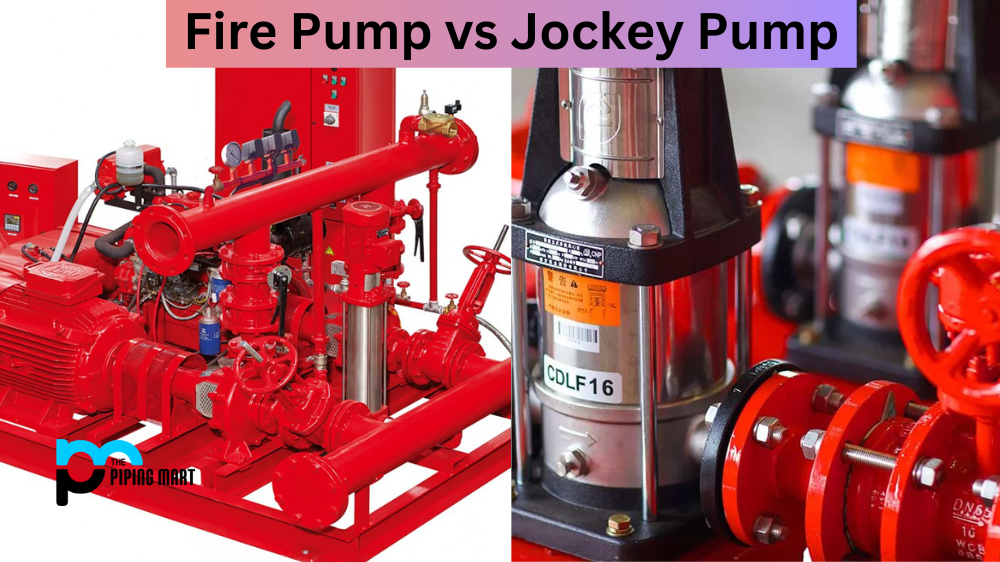Resistance welding is a process that uses heat generated from electrical resistance to join multiple metal pieces together. It is an effective way to create strong and durable welds in a wide range of metals and alloys, making it one of the most popular methods for metal fabrication. But before you can implement this process, it’s important to familiarize yourself with the various types of resistance welding available. Let’s take a look at some of the most commonly used varieties.
Different Types of Resistance Welding
Spot Welding
Spot welding is perhaps the most well-known form of resistance welding. In this process, two metal pieces are placed between two electrodes, passing a current through them. This causes resistance between the two metals, generating enough heat to join them. Spot welds are often used for thin sheets of metal as they require less power and generate smaller weld points than other forms of resistance welding.
Projection Welding
Projection welding is similar to spot welding but involves placing projections on one or both pieces that need to be joined together. These projections are then heated by passing an electric current through them, creating a bond between the two pieces without causing any distortion or deformation in their shapes. Projection welding is ideal for joining complicated parts as it can produce strong welds even in tight spaces and hard-to-reach areas.
Seam Welding
Seam welding involves joining two metal pieces along their edges using an electric arc that creates enough heat to fuse them into one continuous piece. This type of welding is often used for cylindrical products like pipes and tubes due to its ability to produce strong yet flexible joints between two metals with minimal distortion or deformation in their shapes. Seam welds are also ideal for creating watertight seals, making them useful for applications such as plumbing and air conditioning systems where waterproof connections are essential.
Flash welding
Flash welding is a process that many industries rely on for high-quality welds. This unique form of welding uses electricity to rapidly heat two pieces of metal, which are then quickly pressed together to create a strong bond. Flash welding is different from other types of welding because it doesn’t require a filler material — the bond between metals is created by extreme heat and pressure. Itinerant welders often use flash welding due to its speed and efficient techniques, making it an ideal option in situations where time is of the essence. In addition, this cost-effective form of welding produces stronger and faster bonds than traditional methods, making it valuable for projects requiring high levels of precision. Flash welding continues to prove itself as an invaluable tool in many industries.
Upset welding
Upset welding is used to weld parts together when pressure is applied to the metals being fused. It’s an excellent choice for applications where an exact fit is required, and greater strength and stability of two pieces of metal need to be achieved. It works by heating the joining surfaces of both parts, then exerting pressure. This pressure causes a shearing effect, allowing the forming of one onto the other for a strong bond. Upset welding is often used in projects that require strength and shock-tested resilience and accuracy, such as building transmission, frame components, or engine parts. Its precision makes it a go-to option for structure, construction, or engineering projects where reliability is essential.
Conclusion:
As you can see, many different types of resistance welding are available for use in various applications across all industries. The right type will depend on your project’s needs—from the material thickness and shape complexity to desired joint strength and flexibility—so be sure to research before deciding which option best suits your requirements! With the right knowledge and expertise, you can easily find the perfect method for achieving reliable results with each project you undertake.

A passionate metal industry expert and blogger. With over 5 years of experience in the field, Palak brings a wealth of knowledge and insight to her writing. Whether discussing the latest trends in the metal industry or sharing tips, she is dedicated to helping others succeed in the metal industry.




